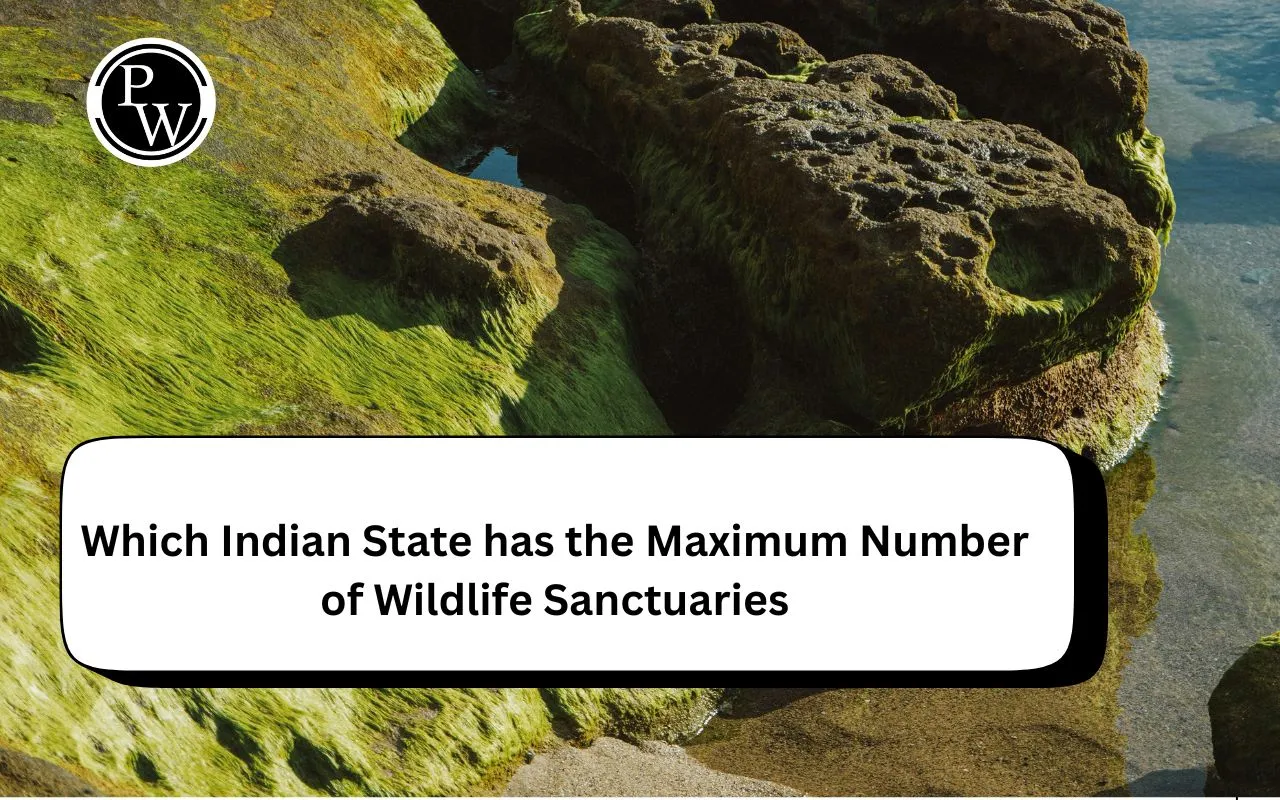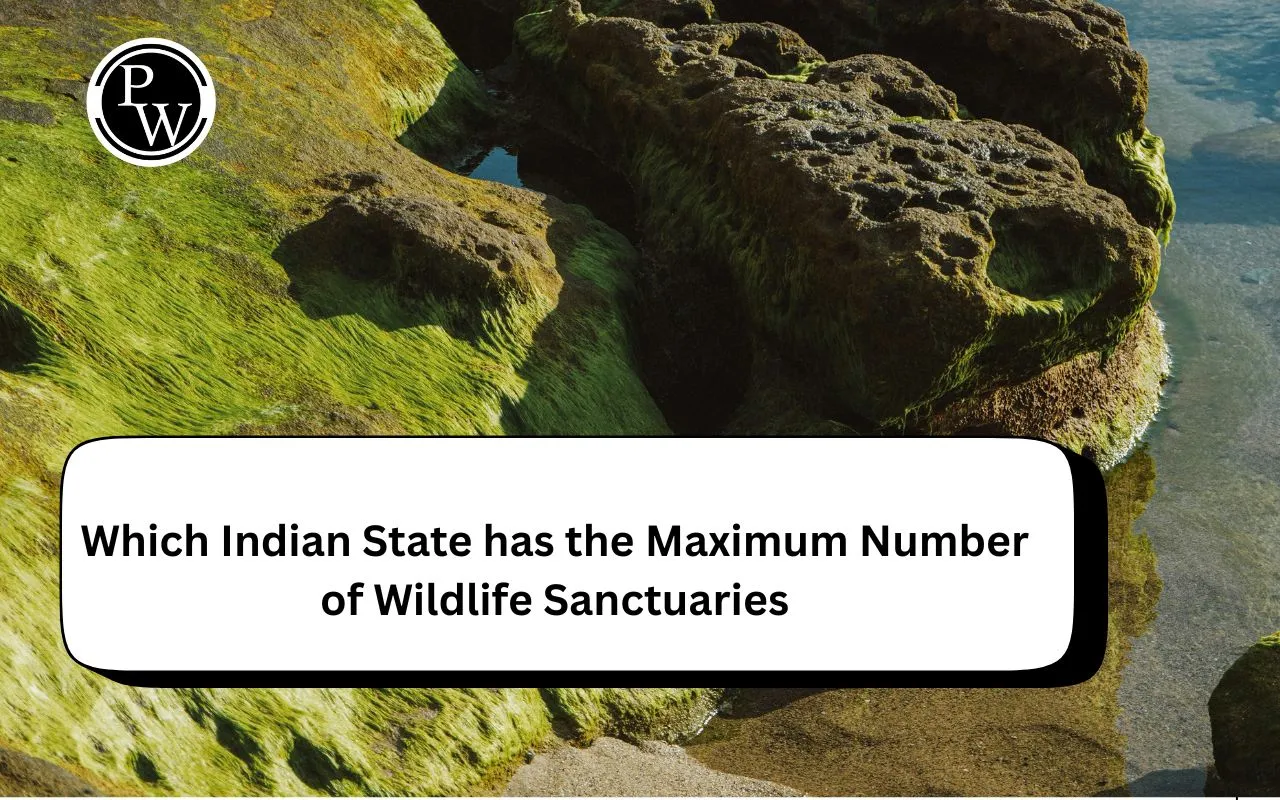

Maharashtra has the most wildlife sanctuaries in India. This is because the state has a variety of natural areas, including the Western Ghats, central plains, and coastal regions. These protected areas help save wildlife, support eco-tourism, and provide jobs for local people. The large number of sanctuaries shows how the government is working to protect nature while balancing human needs, and other states can learn from Maharashtra’s example.
Notable Wildlife Sanctuaries in Maharashtra
Some of the most important sanctuaries include:
-
Lonar Wildlife Sanctuary (extension): Protects unique crater-derived ecosystems linked to ancient geological events.
-
Radhanagari Wildlife Sanctuary: A historic site known for its role in bison conservation and broader Nilgiri-esque biodiversity discussions within the state.
-
Bhimashankar Wildlife Sanctuary: Part of the Western Ghats, contributing to biodiversity preservation and watershed protection.
-
Melghat Tiger Reserve (within larger sanctuary networks): A key site for tiger conservation and forest ecology.
-
Phansad Wildlife Sanctuary: A coastal and riverine habitat that supports migratory birds and coastal biodiversity.
-
Karnala Bird Sanctuary: An urban-adjacent refuge that highlights the interface of city planning and wildlife protection.
-
Tansa, Yawal, and other Sanctuaries represent the breadth of habitats—from plains to hill forts—to support diverse fauna and flora.
Importance of Wildlife Sanctuaries in Maharashtra
Maharashtra has one of the highest numbers of wildlife sanctuaries in India, with over 50 protected areas across the state. These sanctuaries play a very important role in saving nature and helping people.
-
Biodiversity conservation: Sanctuaries protect many different plants and animals, including species found only in the Western Ghats, Deccan Plateau, and Konkan coast.
-
Habitat protection: They preserve forests, grasslands, wetlands, and coastal areas, which might disappear due to cities, farming, or development.
-
Ecological balance: Sanctuaries help keep nature in balance. They protect rivers and watersheds, prevent soil erosion, control climate locally, and maintain predator-prey relationships in the wild.
-
Legal protection for wildlife: These areas are protected by law under the Wildlife Protection Act. Hunting, poaching, and harmful human activity are prohibited.
-
Support for communities: Local people can earn a living through eco-tourism, forest produce, and other sustainable activities around the sanctuaries.
-
Research, education, and tourism: Sanctuaries provide places for scientists to study wildlife, students to learn about nature, and visitors to enjoy and understand the environment responsibly.
